

Articles
How To Store Allium Bulbs
Modified: October 20, 2024
Learn how to properly store allium bulbs in this comprehensive guide. Get expert advice and tips on storing allium bulbs to ensure their longevity and successful growth.
(Many of the links in this article redirect to a specific reviewed product. Your purchase of these products through affiliate links helps to generate commission for Storables.com, at no extra cost. Learn more)
Introduction
If you’re an avid gardener or have a fondness for beautiful flowers, you’ve likely come across allium bulbs. Alliums, with their striking spherical flower clusters and diverse range of colors, are a popular choice for adding elegance and drama to garden beds. But what happens when the blooming season comes to an end? Do you just discard the bulbs until next year? Not so fast! Storing allium bulbs properly is crucial to ensuring their health and longevity, allowing you to enjoy their beauty year after year.
Storing allium bulbs is a necessary step in their life cycle, particularly if you live in an area with harsh winters. By providing the right conditions during the dormant period, you can protect the bulbs from freezing temperatures and other potential hazards. Whether you choose to store them in containers or in the ground, understanding the proper methods and timing is essential.
In this guide, we’ll delve into everything you need to know about storing allium bulbs. We’ll explore why it’s important, when to store them, how to prepare them for storage, and the best storage methods to ensure their vitality. Whether you’re a seasoned gardener or a novice enthusiast, this article will equip you with the knowledge to preserve your allium bulbs and pave the way for a beautiful, thriving garden for years to come.
Key Takeaways:
- Properly storing allium bulbs protects them from freezing temperatures, pests, and diseases, ensuring vibrant blooms in future seasons. Timing, preparation, and monitoring are crucial for successful storage.
- Allium bulbs can be stored in containers or in the ground, with proper ventilation, temperature control, and regular monitoring. Follow these tips for healthy, thriving blooms year after year.
Read more: How To Store Crocus Bulbs
Why Store Allium Bulbs?
You may be wondering why storing allium bulbs is necessary when they are already in the ground. Well, as beautiful as alliums are, they have specific needs that must be met in order for them to thrive. Storing the bulbs during their dormancy period helps protect them from the harsh winter conditions, ensuring their survival and allowing them to produce vibrant blooms in the coming seasons.
One of the primary reasons to store allium bulbs is to shield them from freezing temperatures. Alliums are generally hardy plants, but extreme cold can damage their delicate bulbs and inhibit their ability to produce flowers. By removing the bulbs from the ground and storing them in a controlled environment, you can prevent them from freezing and increase their chances of survival.
In addition to temperature issues, storing allium bulbs also helps protect them from pests and diseases. When allium bulbs are left in the ground, they are susceptible to attacks from rodents, insects, and fungal diseases. These pests can eat or damage the bulbs, leaving them unable to produce new growth. By storing the bulbs in a secure location, you can minimize the risk of these issues and ensure the bulbs remain healthy and viable.
Another advantage of storing allium bulbs is the opportunity for proper maintenance and care. When the bulbs are removed from the ground, you have the chance to inspect them for any signs of damage or disease. This allows you to treat any issues before they escalate and affect the rest of your garden. Additionally, you can clean and store the bulbs in a way that promotes airflow and prevents moisture buildup, further safeguarding them against rot and decay.
Lastly, storing allium bulbs allows for better garden planning and design. By removing the bulbs from the ground during the off-season, you have the freedom to rearrange your garden and experiment with different layouts. This flexibility enables you to create stunning combinations of plants and optimize the overall visual appeal of your garden.
Overall, storing allium bulbs is essential to protect them from winter conditions, pests, diseases, and to maximize their potential for beautiful blooming. Taking the time to store and care for your allium bulbs properly will ensure their longevity and contribute to a thriving garden year after year.
When to Store Allium Bulbs
Timing is crucial when it comes to storing allium bulbs. The ideal time to store them is after the blooming season ends and the foliage has yellowed or dried up. This indicates that the bulbs have completed their growth cycle and entered a dormant state. Storing the bulbs at the right time ensures their readiness for the next growing season.
In general, the best time to store allium bulbs is in the late summer or early fall. This allows the bulbs to fully mature and develop before going into storage. Waiting too long can risk frost damage, while storing them too early may prevent them from absorbing sufficient nutrients for the next year.
It’s important to observe the foliage of your allium plants as an indicator of when to store the bulbs. Once the foliage turns yellow or brown and starts to wither, it’s a sign that the bulbs are ready to be lifted from the ground and prepared for storage. This typically occurs around six to eight weeks after the flowers have finished blooming.
However, if you live in an area with mild winters or a climate that allows for year-round growth, you may choose to leave the allium bulbs in the ground. In such cases, it’s still advisable to remove any withered foliage to prevent the bulbs from rotting or attracting pests.
Keep in mind that the specific timing for storing allium bulbs may vary depending on the local climate and the specific variety of allium you are cultivating. It’s always a good idea to consult with local gardening resources or experienced gardeners in your area for more specific advice.
In summary, store allium bulbs when the foliage has turned yellow or brown and has started to wither. Ideally, do this during the late summer or early fall, but adjust the timing based on your local climate and the specific growing conditions of your allium plants.
Preparing Allium Bulbs for Storage
Properly preparing allium bulbs for storage is crucial to maintaining their health and ensuring their viability for future growth. The following steps will guide you in preparing your allium bulbs for storage:
- Cut back the foliage: Start by cutting back the foliage of the allium plants to about 2-3 inches above the ground. This eliminates any excess greenery and helps prevent moisture buildup during storage.
- Inspect the bulbs: Carefully examine each bulb for signs of damage, rot, or disease. Discard any bulbs that appear soft, mushy, or have visible signs of decay. Only store bulbs that are firm, healthy, and free from blemishes.
- Clean the bulbs: Gently remove any soil or debris clinging to the bulbs. You can do this by lightly brushing them with your hands or using a soft brush. Be careful not to damage the outer protective layers of the bulbs.
- Allow bulbs to dry: After cleaning, place the bulbs in a well-ventilated area and allow them to dry completely. This usually takes around 1-2 weeks. Drying the bulbs helps prevent mold and rot during storage.
- Separate bulbs: If you have multiple allium bulbs, it’s a good idea to separate them to prevent them from touching each other in storage. This minimizes the spread of diseases or pests if one of the bulbs becomes compromised.
- Label the bulbs: To avoid confusion, label each bulb with the variety and color. This will help you identify the bulbs when it’s time to plant them again in the future.
It’s important to note that some gardeners prefer to dust the bulbs with powdered fungicide or sulfur before storing them. This further helps prevent the growth of fungi or diseases during storage. However, be sure to use fungicides or sulfur products that are specifically labeled for bulb storage and follow the instructions carefully.
By following these steps, you can ensure that your allium bulbs are clean, dry, and in optimal condition for storage. This preparation will help prolong their lifespan and increase the chances of successful regrowth in the next growing season.
Storing Allium Bulbs in Containers
Storing allium bulbs in containers is a popular option for many gardeners. This method allows for better control over the storage environment and provides flexibility in terms of space. Here’s how you can effectively store allium bulbs in containers:
- Select the right containers: Choose containers that are clean, dry, and have sufficient drainage holes. Avoid using containers with remnants of soil or previous plantings, as these can introduce pests or diseases to the stored bulbs. Terracotta or plastic containers are commonly used for bulb storage.
- Prepare the storage medium: Fill the containers with a storage medium such as dry sand, vermiculite, or peat moss. These materials help maintain an optimal level of moisture and provide insulation for the bulbs during storage.
- Arrange the bulbs: Place the allium bulbs in the containers, making sure they are spaced apart and not touching each other. This prevents the spread of diseases or rot in case one bulb becomes compromised.
- Layer the bulbs: For larger containers, you can create multiple layers of bulbs separated by layers of the storage medium. This maximizes the use of space and allows for more efficient storage.
- Store in a cool, dry place: Find a cool and dry location for storing the containers. A basement, garage, or shed with consistent temperatures around 40-50°F (4-10°C) is suitable for allium bulb storage. Avoid areas with high humidity or extreme temperature fluctuations, as these can negatively impact the bulbs.
- Monitor regularly: Check on the bulbs periodically during storage to ensure they remain healthy. Remove any bulbs that show signs of rot or decay to prevent the spread of diseases.
- Replant in the spring: When spring arrives and the risk of frost has passed, you can replant the stored allium bulbs in your garden. Prepare the soil and follow the appropriate planting depth and spacing guidelines for the specific allium variety you are growing.
Storing allium bulbs in containers provides convenience and protection for the bulbs during their dormant period. With proper care and monitoring, this method allows for successful storage and ensures that your allium bulbs are ready to bloom again in the next growing season.
After harvesting allium bulbs, store them in a cool, dry place with good air circulation. Avoid areas with high humidity to prevent mold and rot.
Read more: How To Store Light Bulbs
Storing Allium Bulbs in the Ground
Storing allium bulbs in the ground is a viable option if you live in an area with mild winters or a climate that allows for year-round growth. This method eliminates the need to dig up and store the bulbs in containers. Here’s how you can effectively store allium bulbs in the ground:
- Prepare the bulbs: Before leaving the bulbs in the ground, it’s essential to prepare them properly. Trim the foliage down to about 2-3 inches above the ground, removing any withered or yellowed leaves. This reduces the risk of disease and promotes healthy regrowth in the next growing season.
- Mulch the area: Apply a layer of mulch around the base of the allium plants. This provides insulation and protection for the bulbs from freezing temperatures. Use a thick layer of organic mulch such as straw, shredded leaves, or wood chips.
- Protect from pests: To prevent rodents or other animals from digging up and feasting on the bulbs, consider placing wire mesh or chicken wire over the mulch layer. This creates a barrier and deters pests from accessing the bulbs.
- Monitor the site: Regularly check the area where the allium bulbs are stored to ensure no issues arise. Remove any weeds or debris that may accumulate around the plants. Keep an eye out for signs of damage or disease, and take appropriate action if needed.
- Uncover in the spring: As spring arrives and the weather becomes warmer, remove the mulch and wire mesh from the allium plants. Allow them to receive ample sunlight and air circulation to promote growth and flowering.
- Maintain regular care: Throughout the growing season, provide the necessary care for your allium plants, including watering, fertilizing, and monitoring for pests or diseases. Proper maintenance will help ensure the well-being and longevity of your allium bulbs.
Storing allium bulbs in the ground can be a convenient option if your climate permits it. It allows the bulbs to remain undisturbed while still providing protection from the elements. Keep in mind that this method may not be suitable for areas with harsh winters, as the bulbs may be at risk of freezing or rotting.
By following these steps, you can successfully store allium bulbs in the ground and enjoy their magnificent blooms in the following growing seasons.
Monitoring Allium Bulbs in Storage
Monitoring allium bulbs during their storage period is essential to ensure their health and detect any potential issues early on. Regular checks will help you identify and address any problems before they cause significant damage to the stored bulbs. Here are some key steps to effectively monitor your allium bulbs in storage:
- Inspect for rot or decay: Check the stored bulbs regularly for any signs of rot or decay. Look for soft spots, mold, or foul odors, as these may indicate fungal infections or bacterial growth. Remove any affected bulbs immediately to prevent further spread.
- Check for pests: Inspect the storage containers or the storage area for any signs of pests or insect activity. Look for chew marks, webs, or droppings. Rodents and insects can damage or consume the stored bulbs, so take appropriate measures if pests are detected.
- Ensure proper moisture levels: Allium bulbs should be stored in a dry environment to prevent rotting. Regularly check the storage medium or containers for excessive moisture. If the storage medium feels damp or if condensation has formed on the container, take steps to improve ventilation or adjust the storage conditions accordingly.
- Monitor temperature: Keep an eye on the temperature of the storage area. Allium bulbs generally require cool temperatures during their dormant period. Avoid storing them in areas prone to extreme temperatures or fluctuations, as this can negatively impact their viability. Maintain a consistent temperature around 40-50°F (4-10°C) for optimal storage conditions.
- Inspect labels and organization: Double-check the labels on the stored bulbs to ensure they are accurate and legible. This will help you identify the specific varieties when it’s time to replant. Additionally, tidy up the storage area periodically, making sure the bulbs remain organized and easily accessible.
- Make adjustments as needed: Based on your observations during monitoring, make any necessary adjustments to the storage conditions. This may involve improving ventilation, adjusting moisture levels, or relocating the bulbs to a different storage area if needed.
Regular monitoring and proactive action are key to successfully storing allium bulbs. By staying vigilant and addressing any issues promptly, you can ensure the bulbs remain healthy and ready for planting in the next growing season.
Tips for Successful Allium Bulb Storage
Storing allium bulbs properly is crucial for their long-term health and successful regrowth. Follow these tips to ensure your allium bulbs have the best chance of thriving:
- Choose healthy bulbs: When selecting allium bulbs for storage, choose ones that are firm, plump, and free from any signs of damage or disease. Healthy bulbs are more likely to survive storage and produce robust blooms in the following seasons.
- Timing is key: Store allium bulbs at the right time, when the foliage has yellowed and dried up. Storing bulbs too early or too late can compromise their vitality and chances of regrowth. Consult local gardening resources or experienced gardeners for specific timing guidelines in your area.
- Provide proper ventilation: Ensure that the storage containers or area allows for adequate airflow. Good ventilation helps prevent the accumulation of moisture and reduces the risk of rot or fungal diseases.
- Keep bulbs dry: Allium bulbs should be stored in a dry environment to prevent rotting. Avoid excessive moisture by using a dry storage medium such as sand, vermiculite, or peat moss. Regularly check for any signs of dampness and make adjustments as needed.
- Optimize storage temperature: Maintain a cool and consistent temperature around 40-50°F (4-10°C) for optimal allium bulb storage. Avoid storing bulbs in areas prone to extreme temperatures or fluctuations, as this can damage the bulbs or hinder their regrowth.
- Label bulbs for identification: Properly label each stored bulb with its variety and color. This will prevent confusion and help you identify the bulbs when it’s time to replant them. Use waterproof markers or tags to ensure the labels remain legible.
- Regularly check for pests: Monitor the storage containers or area for any signs of pests or insect activity. Rodents, insects, and other critters can damage or consume the stored bulbs. Take appropriate measures to prevent infestations and remove any pests that are detected.
- Avoid storing bulbs near fruits: Allium bulbs emit a gas called ethylene, which can accelerate the ripening and decay of fruits. To prevent unwanted effects, store allium bulbs separate from fruits or vegetables in storage areas.
- Inspect bulbs periodically: Check the stored bulbs regularly for signs of damage, decay, or disease. Remove any compromised bulbs to prevent the spread of issues to the healthy bulbs. Regular inspections will help you catch problems early and maintain the overall health of the stored bulbs.
- Replant in the appropriate season: When the time is right and the risk of frost has passed, replant the allium bulbs in your garden. Follow the recommended planting depth and spacing guidelines for the specific variety you are growing to ensure their successful regrowth and blooming.
By following these tips, you can increase the chances of successful allium bulb storage. With proper care and attention, your stored allium bulbs will remain healthy and ready to create stunning floral displays in your garden year after year.
Conclusion
Storing allium bulbs is a vital step in ensuring their continued health and longevity. By providing the proper storage conditions, you can protect these beautiful bulbs from freezing temperatures, pests, and diseases, allowing them to thrive and produce stunning blooms in the seasons to come.
Timing is essential when it comes to storing allium bulbs. Wait until the foliage has yellowed or dried up before lifting the bulbs from the ground or preparing them for container storage. This indicates that the bulbs have completed their growth cycle and are ready for a period of dormancy.
Whether you choose to store allium bulbs in containers or in the ground, proper preparation is key. Cut back the foliage, inspect and clean the bulbs, and allow them to dry thoroughly before storage. Creating an ideal storage environment, with proper ventilation, temperature control, and monitoring, will help preserve the bulbs’ health and increase their chances of successful regrowth.
Regular monitoring is an essential aspect of allium bulb storage. Inspect the bulbs for any signs of rot, pests, or diseases, and take appropriate action if needed. Adjust the storage conditions if necessary to ensure the bulbs remain in optimal condition.
By following the tips provided in this article, you can effectively store allium bulbs and set the stage for a vibrant and flourishing garden in the future. Whether you’re a seasoned gardener or new to the world of alliums, the rewards of proper storage will be evident in the beauty and longevity of these stunning flowers.
So take the time to store your allium bulbs correctly, and enjoy the enchanting beauty they bring to your garden year after year.
Frequently Asked Questions about How To Store Allium Bulbs
Was this page helpful?
At Storables.com, we guarantee accurate and reliable information. Our content, validated by Expert Board Contributors, is crafted following stringent Editorial Policies. We're committed to providing you with well-researched, expert-backed insights for all your informational needs.

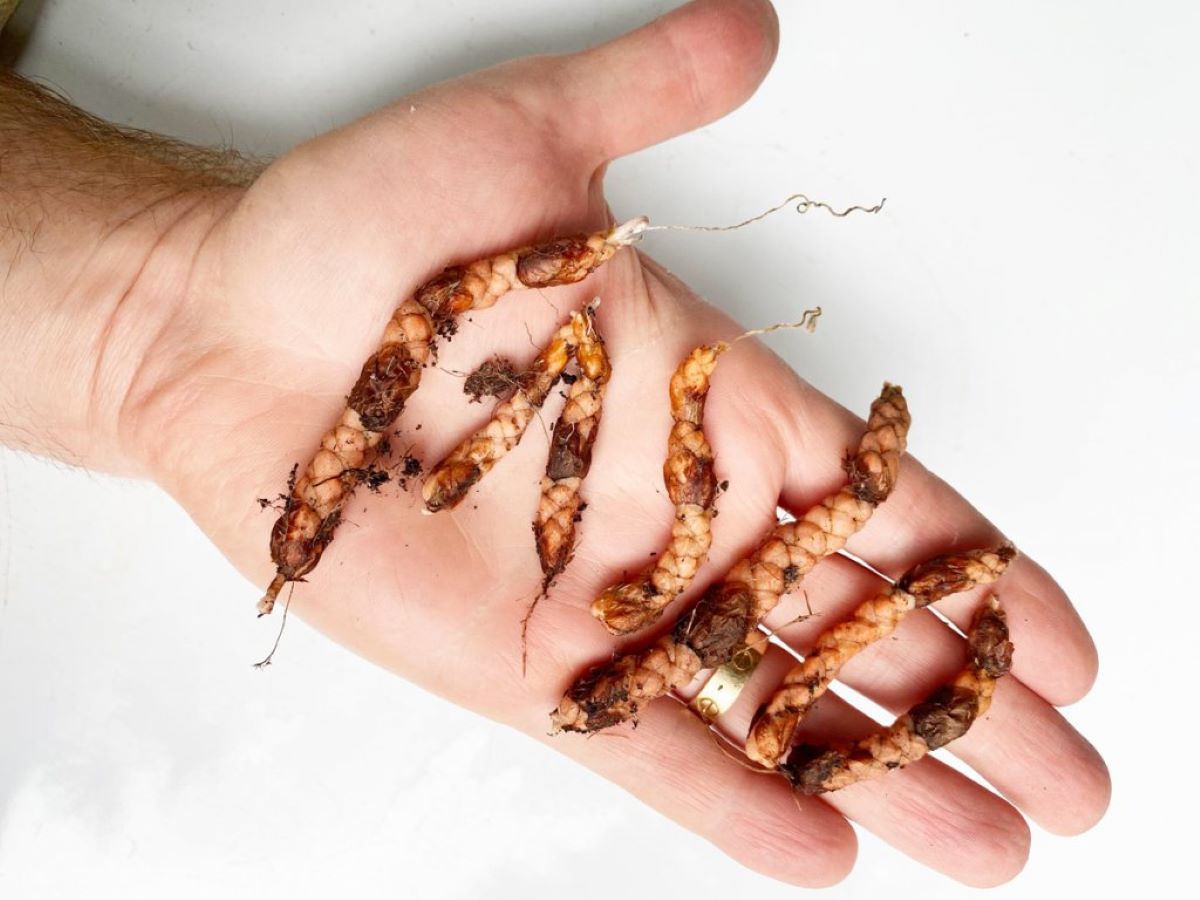
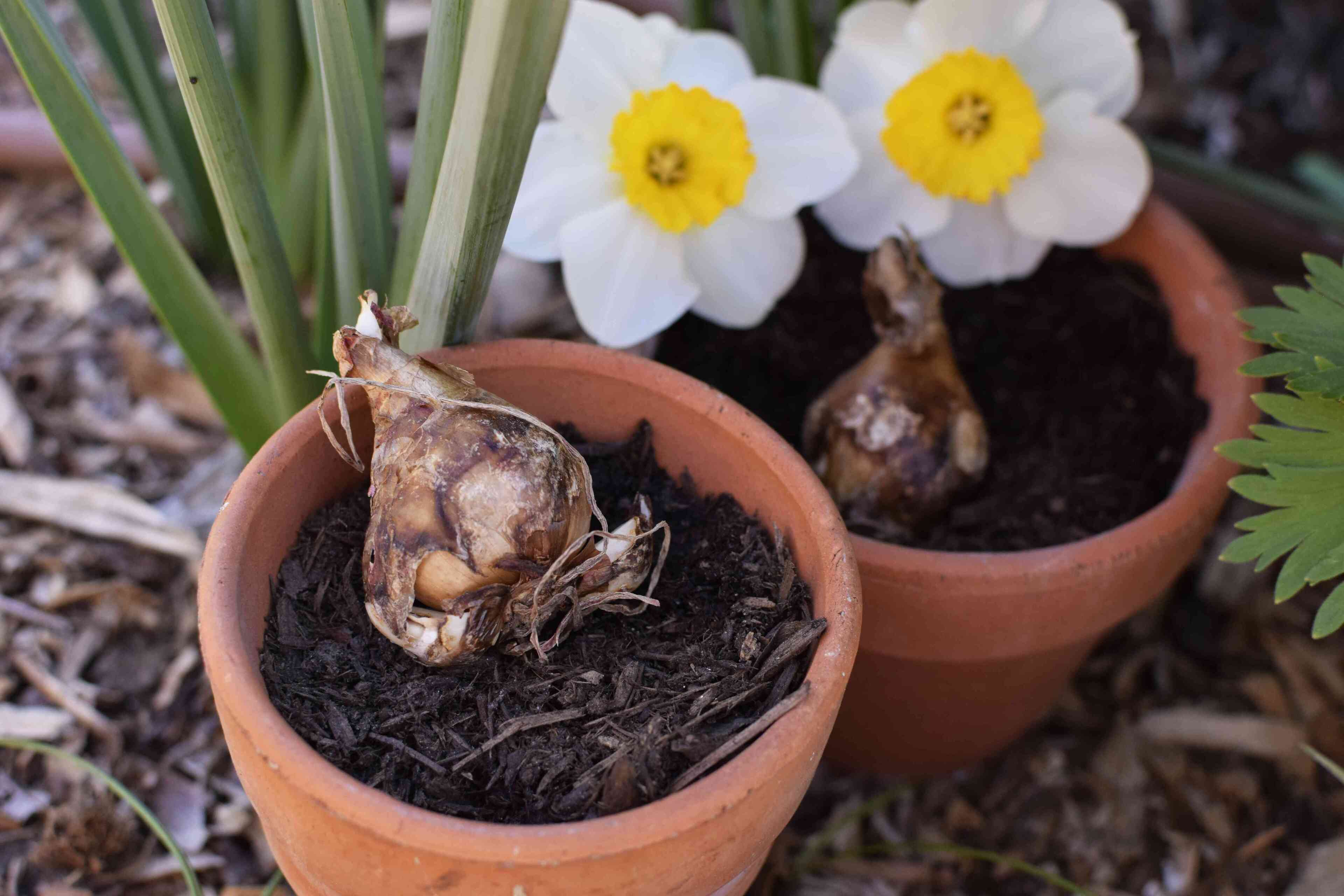
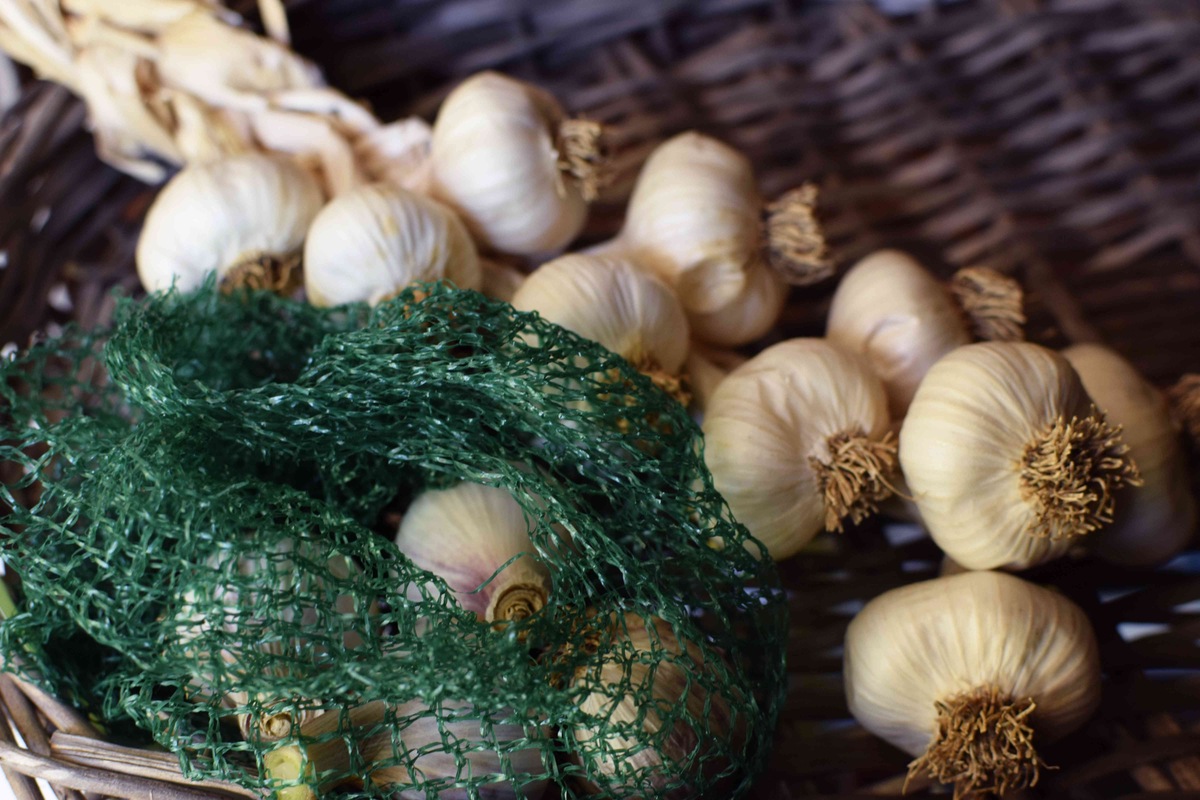
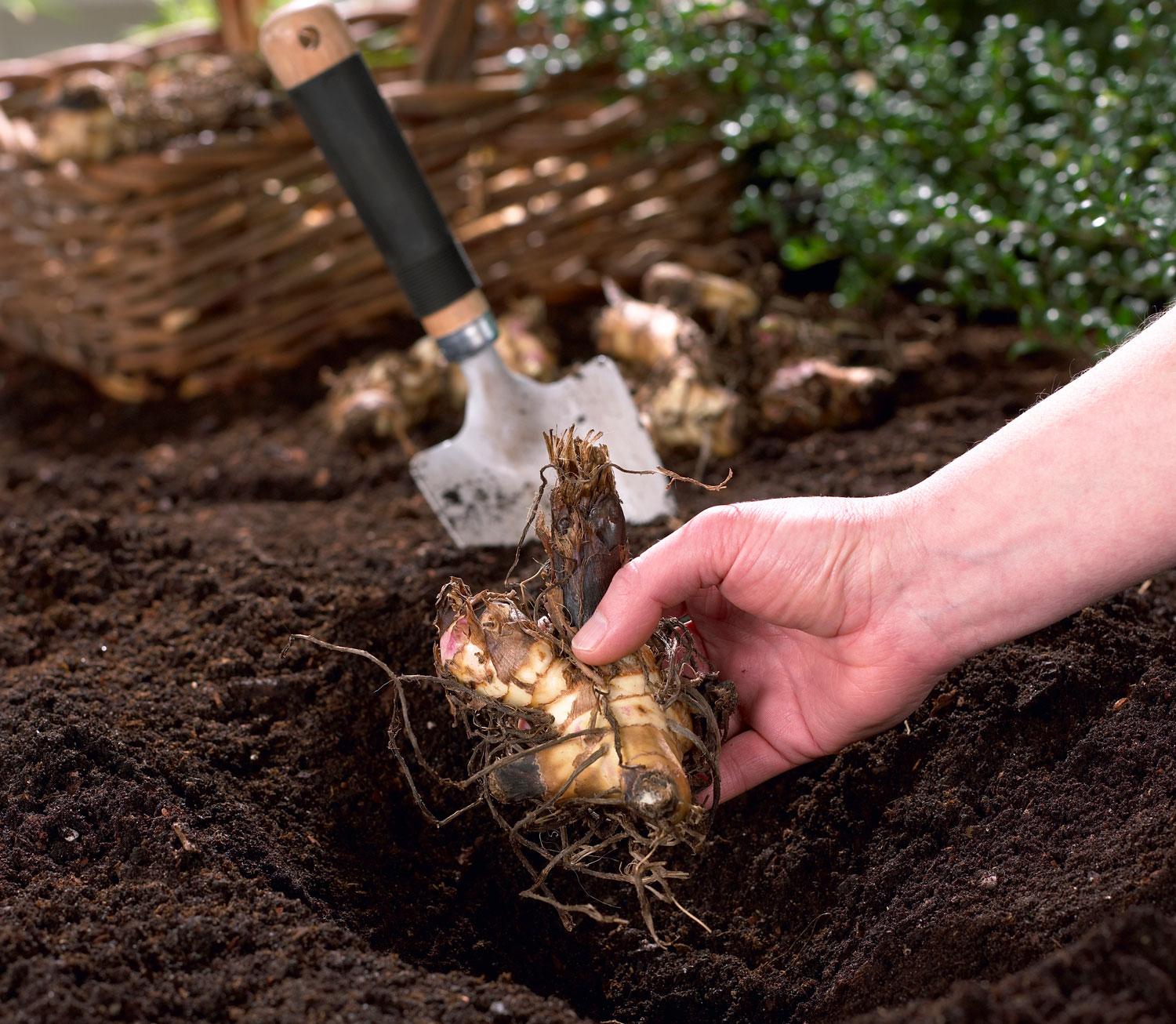
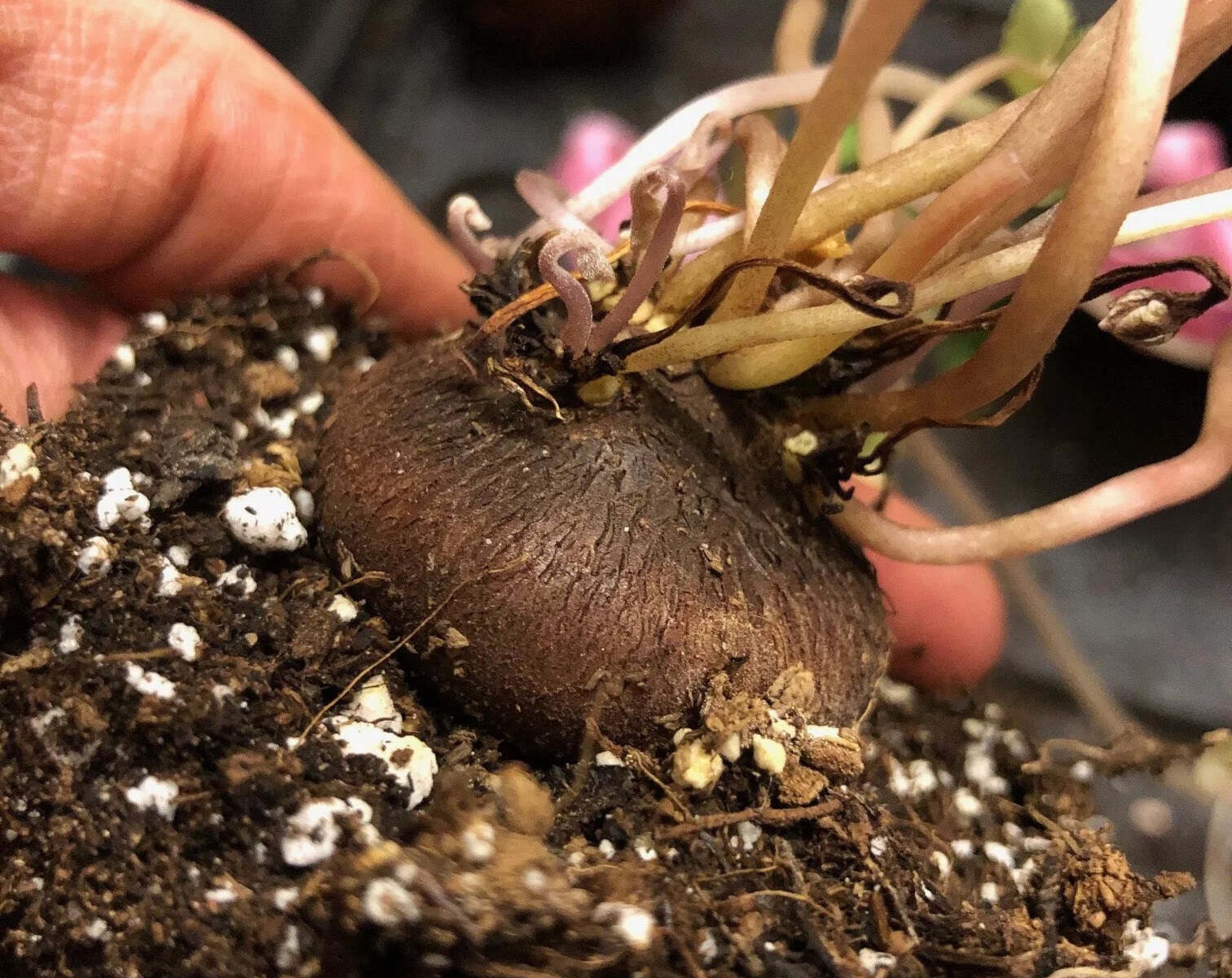
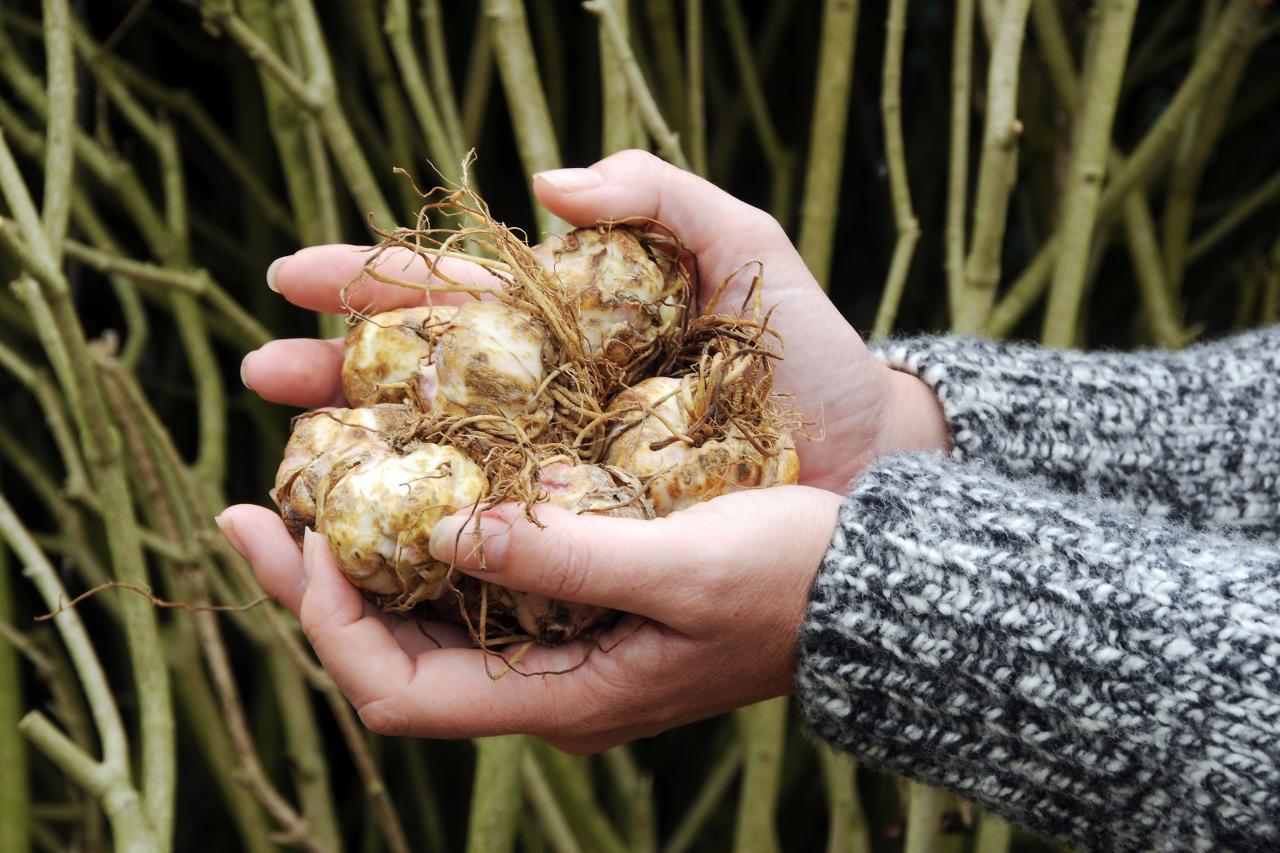
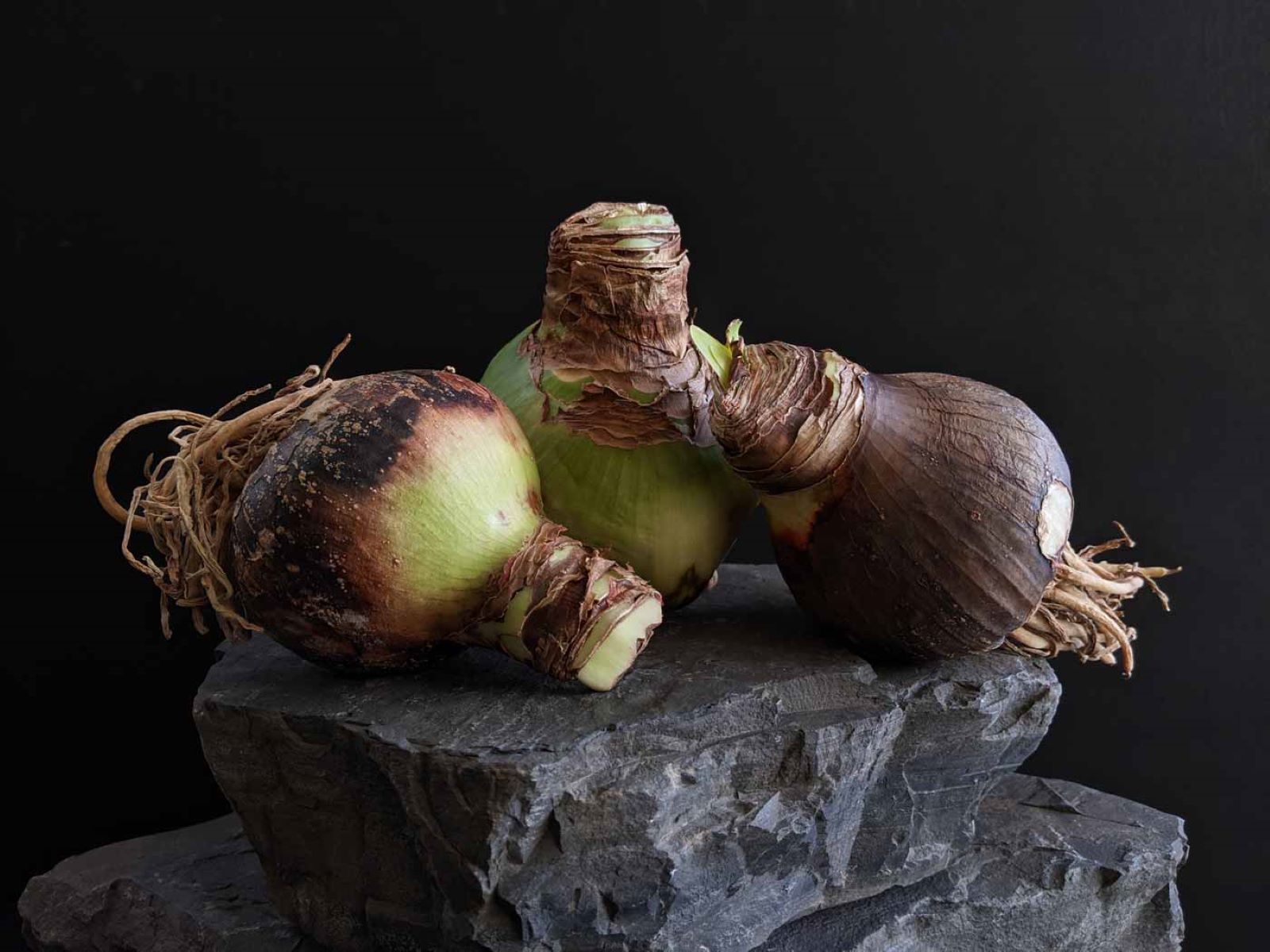
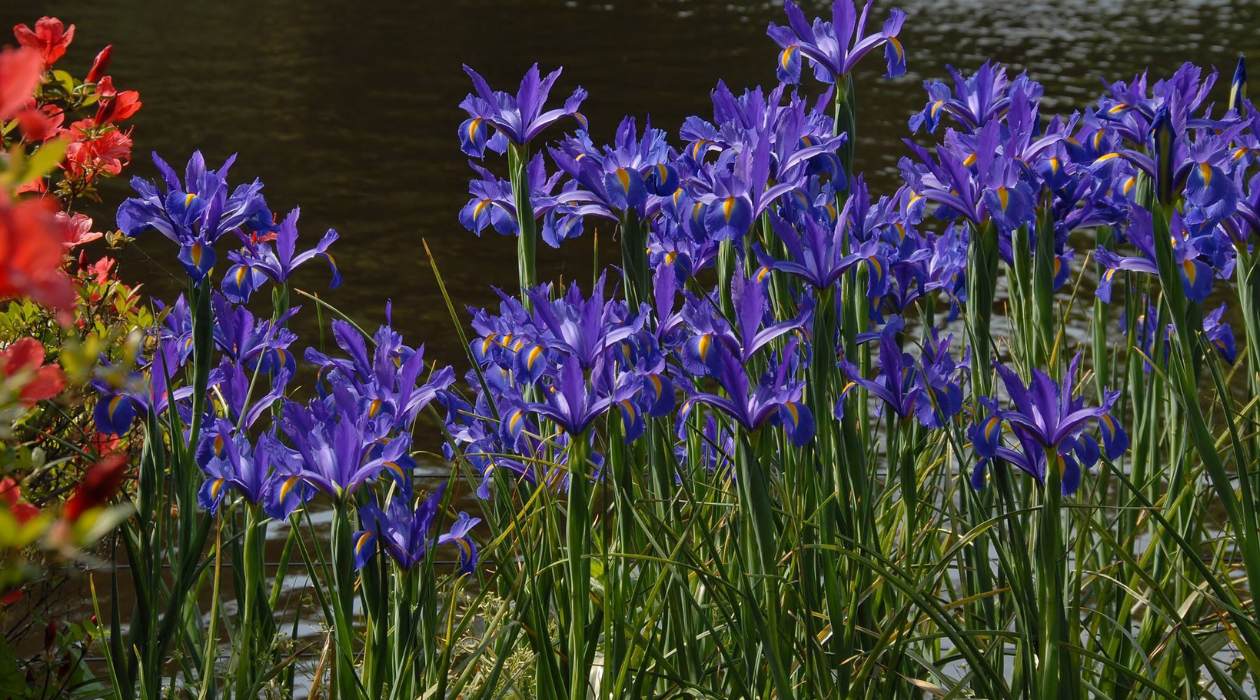
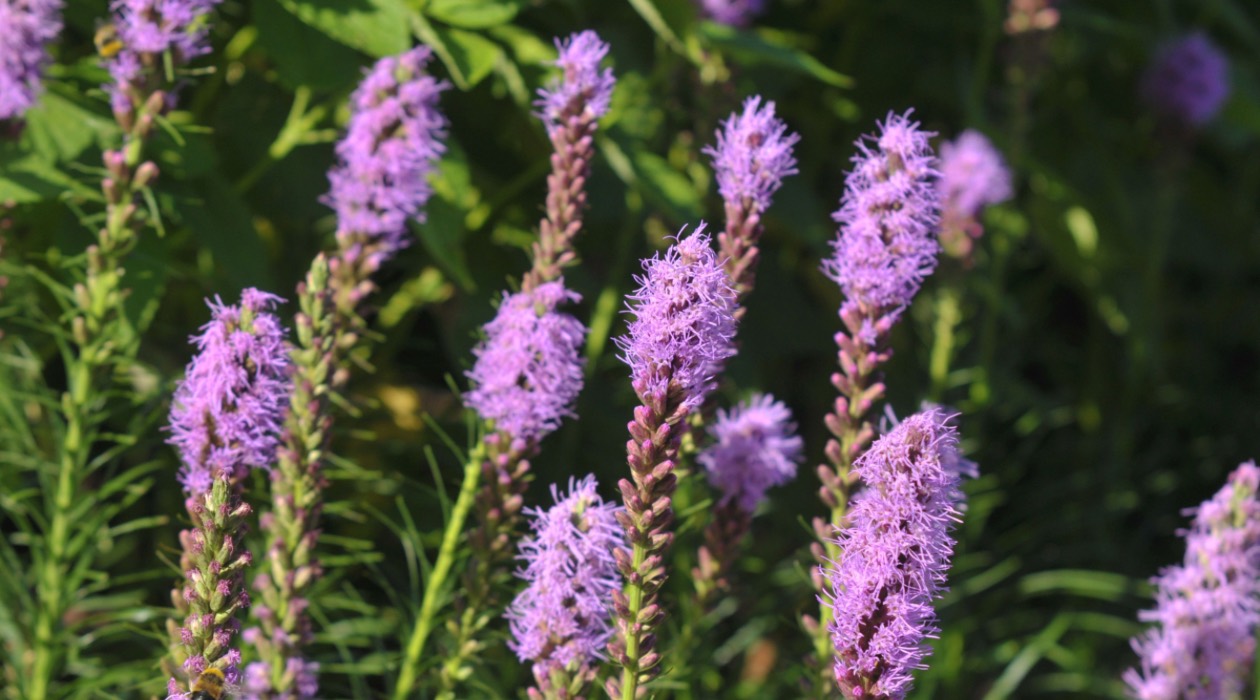
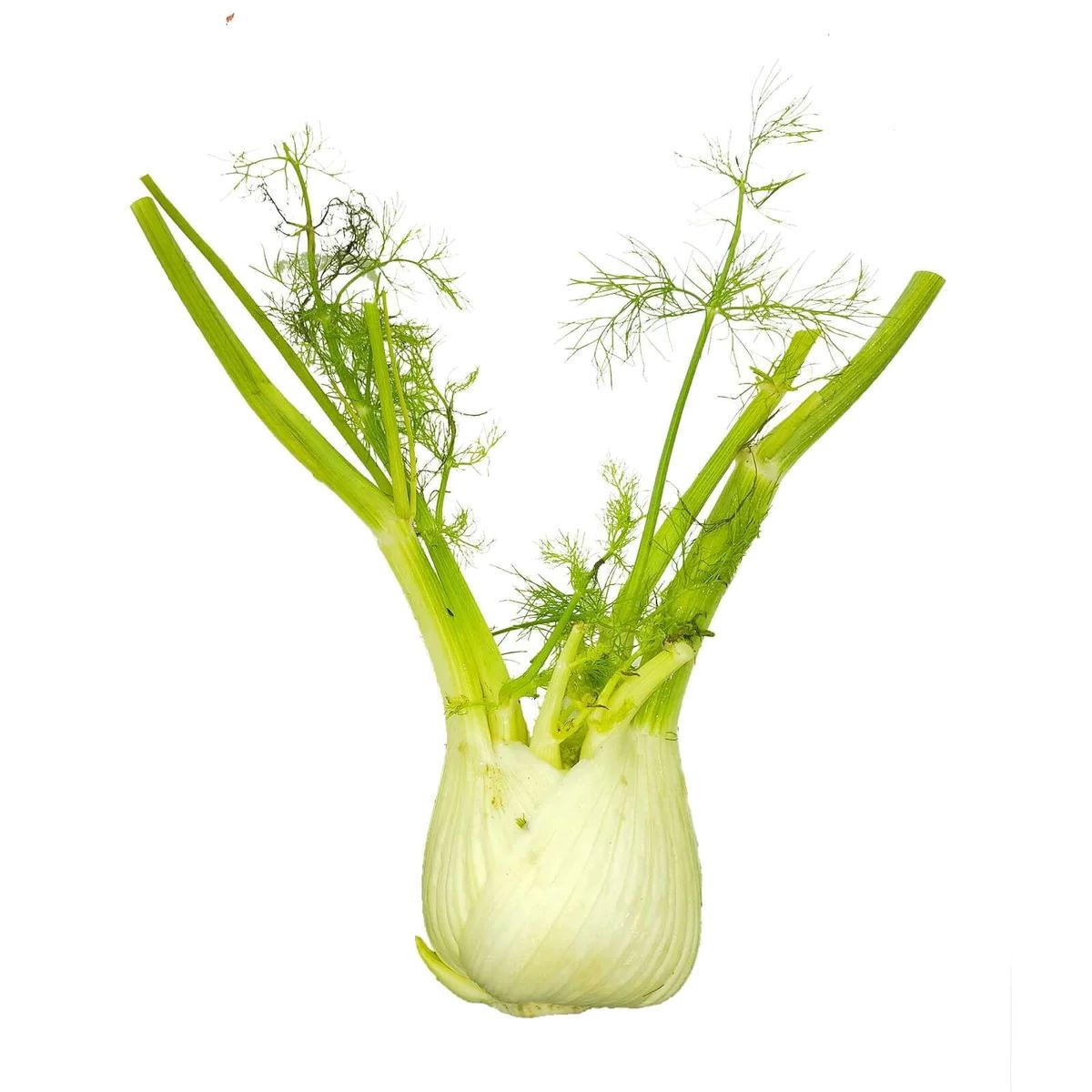
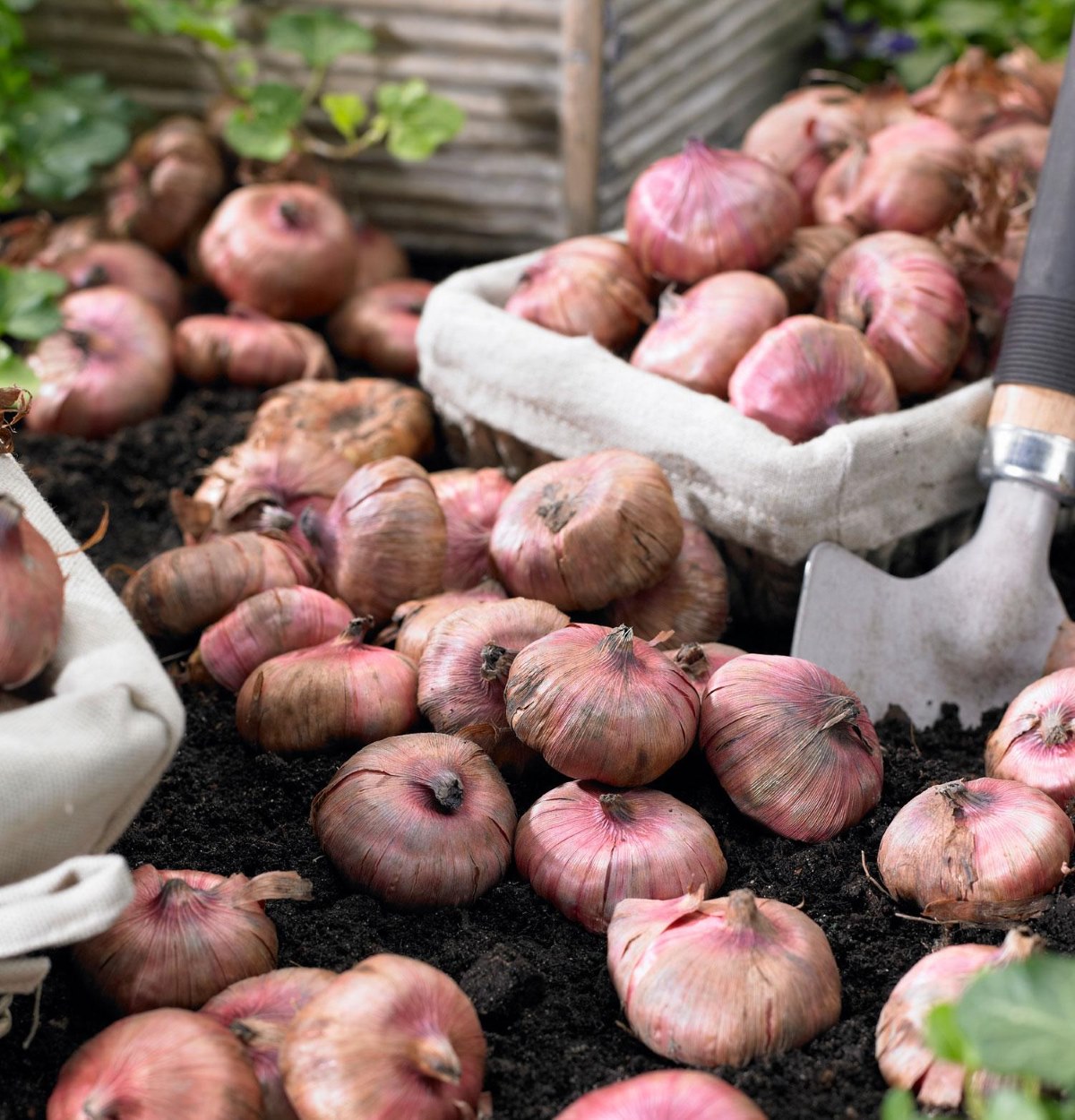
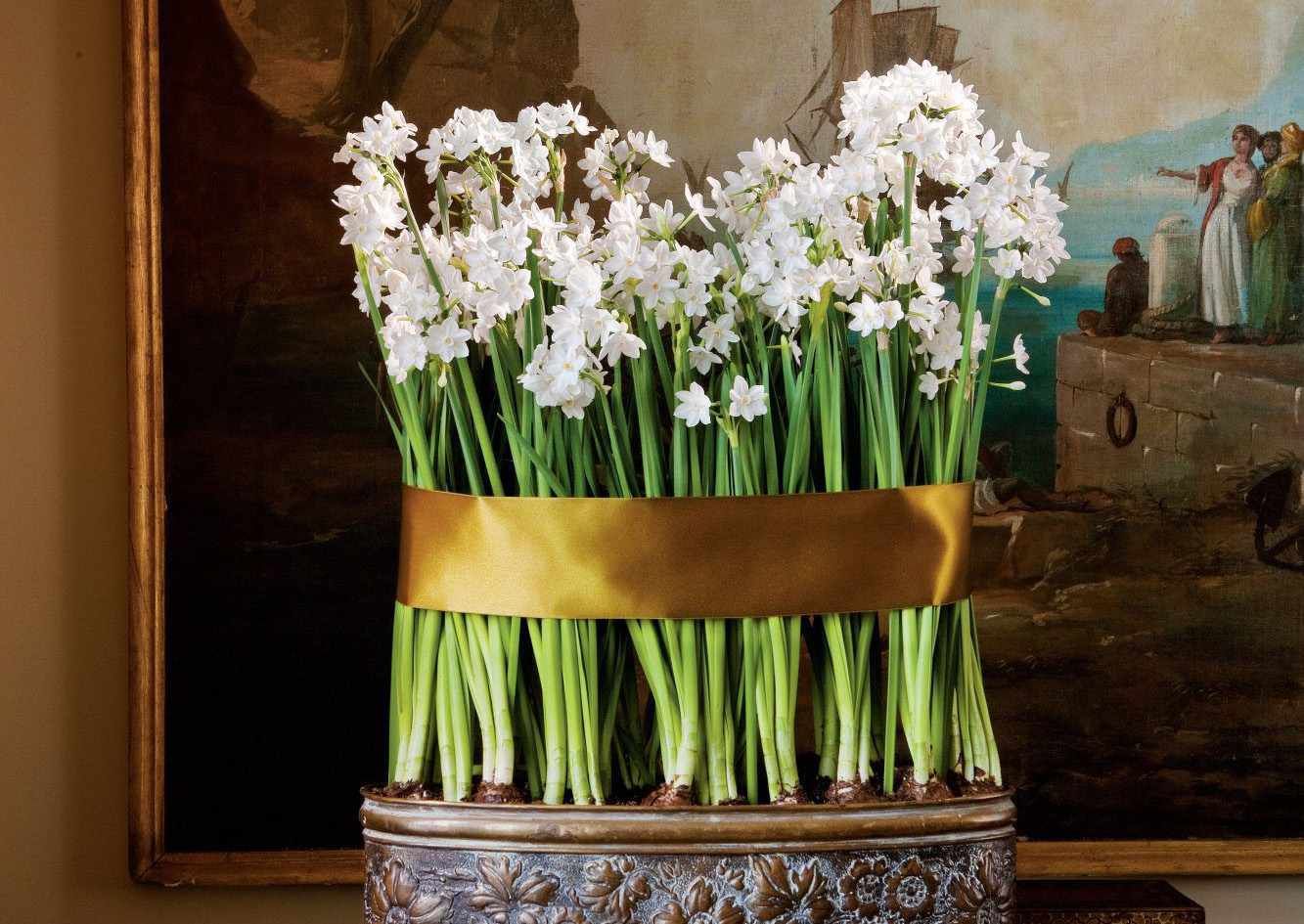
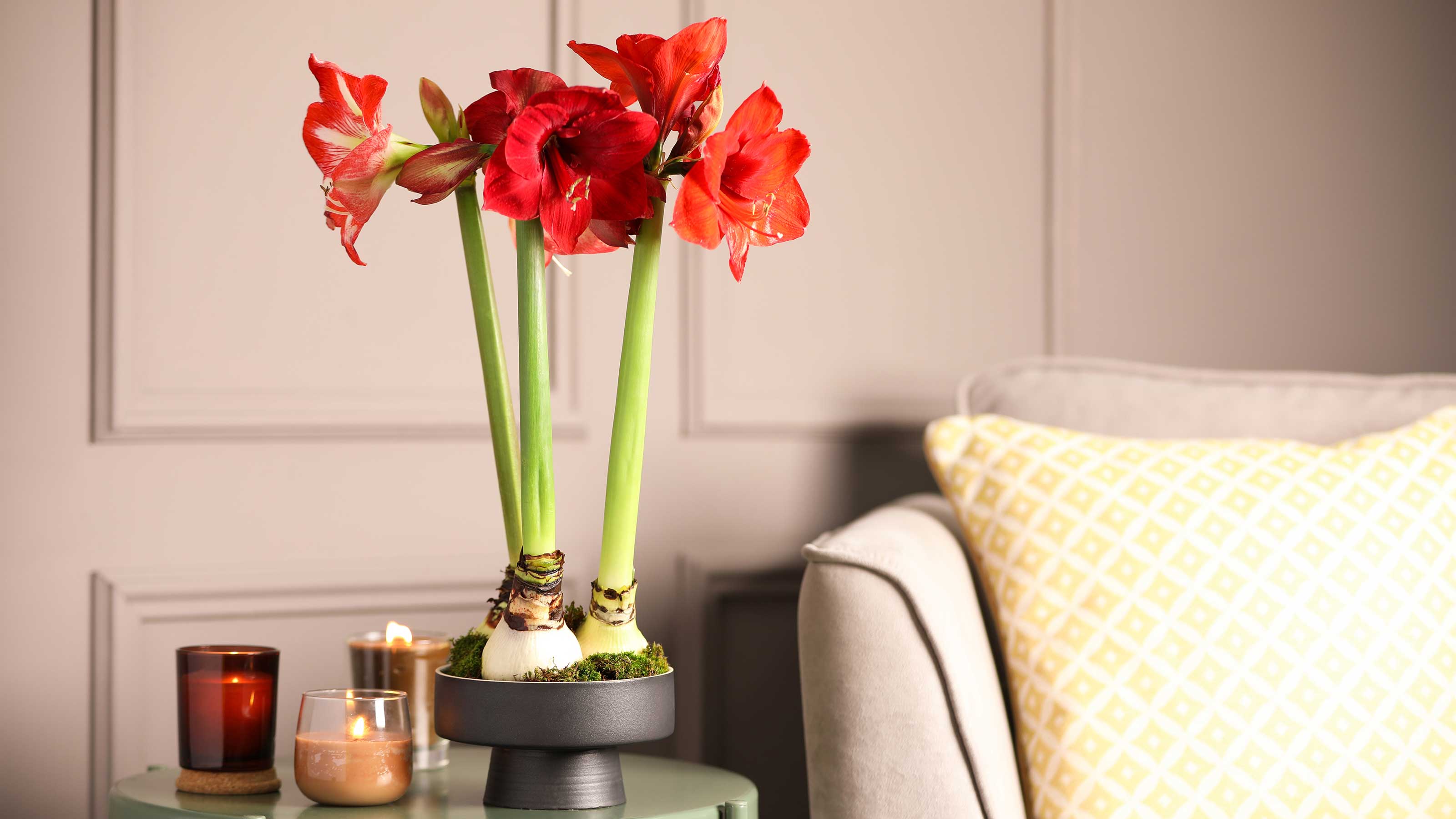

0 thoughts on “How To Store Allium Bulbs”